National Tea Museum
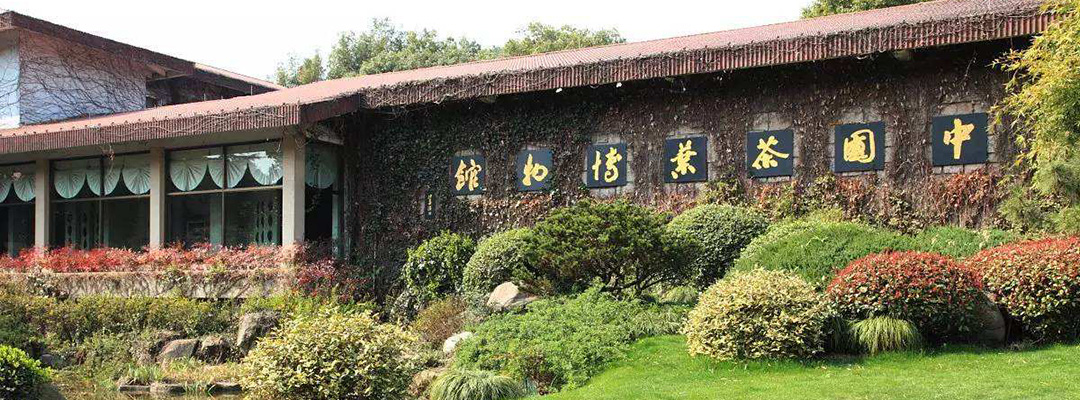
As a specialized museum of tea culture, the National Tea Museum is located in the Shuangfeng Village beside Longjing Road to the southwest of the West Lake in Hangzhou City, Zhejiang Province. It is the only national museum with “tea” as its theme in China. It has exhibition halls of tea history, tea-crema, tea matter, tea sets and tea customs, and an area of tea art. The area of tea art is located in a typical building of a tea-drinking scene, which gives performances of modern tea art, ancient tea art, Japanese Sado, the Jingshan tea ceremony and the Taiwan tea ceremony. After the Tomb-sweeping Day every year, the museum holds the international “tea party of West Lake”.
- Chinese Name: 中国茶叶博物馆 Zhōng Guó Chá Yè Bó Wǜ Guǎn
- Building time: In 1990
- Duration: about 1 hour
- Entrance fee: free of charge
- Opening Hours: It opens from 8:30 to 16:30 during October 8 to the next April 30 and from 9:00 to 17:00 during May 1 to October 7. It only closes on Monday and opens on holidays as usual.
- Address: at the Shuangfeng Village beside the Longjing Road to the southwest of the West Lake in Hangzhou City, Zhejiang Province
- Best time to visit: All year round
- Bus Lines: Take bus No.27 or 87 in Hangzhou downtown and get off at the Shuangfeng stop.
Highlights of The National Tea Museum:
An unwalled museum:
 The entrance of the museum
The entrance of the museum
The general museum has a formal atmosphere with a flavor of classical culture. However, the tea museum replaces fences and walls with only dense plants and thorny vegetation at the places which need to be separated, which helps ventilation and is an effective boundary. Thus it has become an ecological unwalled museum, which seems to tell people: We welcome every guest with the same respect. The unwalled museum is a recreational scenic spot of rich tea culture, reflecting a humanistic theme and charming tea culture. The specialized exhibition hall of unique Jiangnan garden art and profound tea culture attracts numerous amateurs of tea culture and foreign and domestic tourists.
Exhibition halls in the museum
The essence of the tea museum is its attractive cultural exhibition. The whole exhibition is divided into 6 parts—tea history, tea-crema, tea matter, tea sets, tea customs, and tea-tied relationships, presenting the infinite charm of tea culture in an all-round way. When strolling around the exhibition hall, you will be captivated by various tea customs. All these vivid scenes reflect the daily life of people of all ethnic groups who love drinking tea. You can make the Tibetan buttered tea by yourself. The exhibits displayed in the tea museum reflect a lot of unique creativity. The museum strives to strengthen its visualization and increase the perceptual knowledge of visitors. And it tries its best to engage with visitors and increase their interest instead of forbidding them to touch when visiting. In the hall of tea matter, the open exhibits provide visitors another opportunity to learn everything about tea leaves, which ranges from the seeds and branches to the fruits of tea trees and from a leaf to delicious tea drinks. As you rotate the turntable, you can learn about the soaking time, dosage and proportions of various tea leaves.
Tea Preparation Hall
Tea workers have accumulated rich experience in tea collection and preparation. Various famous tea breeds have been discovered in thousands of years. There is a saying in the industry: "even an experienced tea worker encounters new tea breeds from time to time". And the preparation, the quality and the fragrance of the tea is just amazing. Today, its craftsmanship is perfect and exquisite, and the excellent varieties are exciting. According to the difference in manufacturing methods and quality, tea fall into six major categories - green tea, black tea, green tea (Oolong tea), yellow tea, white tea, black tea, and secondary reprocessed tea - scented tea, compressed tea and extracted tea.
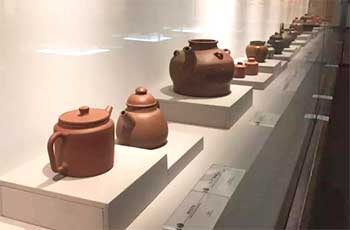 The exhibitions of Tea ware
The exhibitions of Tea ware
Hall of Tea Ware
Tea ware is always a must despite of the economic status of families. Tea ware is inseparable for tea drinking. In the long history, the tea ware began as a container and evolves into tools of cultural inheritance. Different materials, shaping and craftsmanship have been employed in making tea ware in different historical stags throughout the country among different ethnic groups of people. But they are the works of pursuit for beauty and accessibility. It is widely shared in China that "the beauty of utensil goes before the gourmet". Exquisite tea sets are pleasing to the eye, and their artistic value often add to the enjoyment of life as brought by the Chinese tea.
The environmental characteristics of the museum
The park-like museum arranges the surrounding plants meticulously and spares no effort to highlight the theme with its unique plant disposition, spreading the tea culture to the peripheral areas. There are flowers of various tea plants and plants with high ornamental value which can be soaked for drinking. These can add scientific popularity and interest, and build a distinctive plant landscape with layered presentation and characteristics of tea culture. When roaming around the museum, you may see an ecological park without any artificial trace at first sight. However, if you observe it carefully, every bridge and pool in it has a poetic name and cultural story, and even every tree and bush is of cultural flavor.
Drop us a line and we'll connect you with the top China expert in no time!
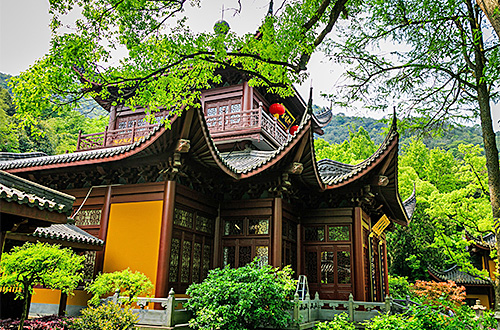 City Tour of Paradise on Earth
City Tour of Paradise on Earth 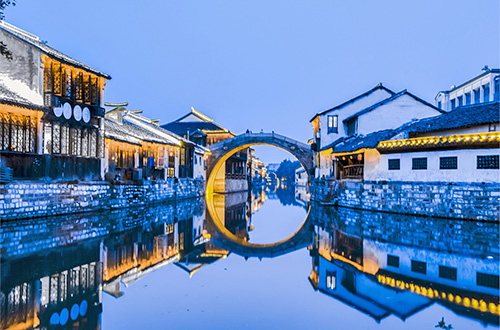 Water Town and City Tour in Hangzhou
Water Town and City Tour in Hangzhou 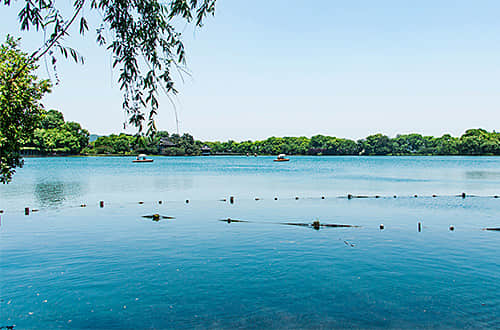 Hangzhou Educational Tour
Hangzhou Educational Tour  Hangzhou Tours
Hangzhou Tours